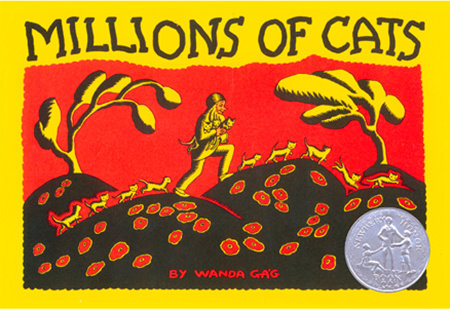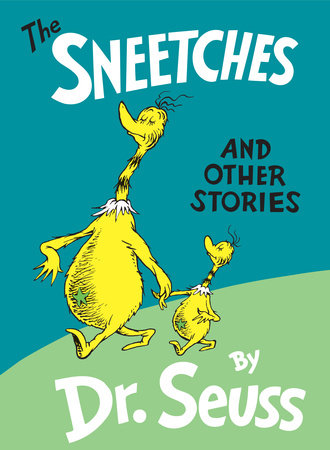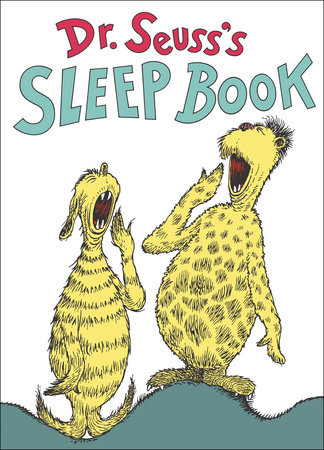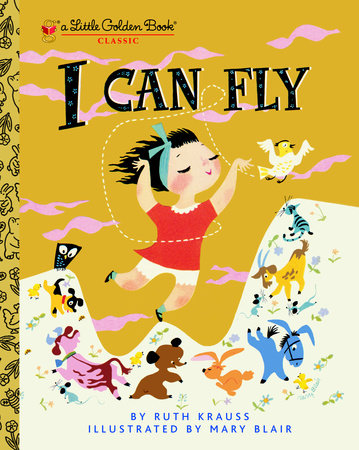I Will Never See Col Saunders This Way Again
A version of this commodity originally appeared on Dinner a Love Story and was reprinted with permission.
Well, to start with, an apology/disclaimer: Our kids are grown and I've been away from kids' books for a while (although I well remember the thrill, on a common cold fall night, of snuggling in with both our girls and feeling like: ah, day is washed, all is well). Some of what follows may therefore be sometime news, simply hopefully ane or ii will be new to you.

Speaking of Lane Smith (who is, to my mind, the greatest kids' book illustrator of our time), Random House has just released a book the two of us did together, called The Very Persistent Gappers of Frip . Far exist it from me to recommend my ain book,
Dorsum when nosotros were doing our book (The Very Persistent Gappers of Frip, which I am not recommending, merely just, you know, mentioning, because information technology has recently been re-released by Random House and all), Lane turned me on to The Shrinking of Treehorn, by Florence Parry Heide (ages 6-viii). This is one of those books that stakes out its claim to greatness by showing something that, though harsh, is as well deeply true: Grown-ups often don't run across kids and don't listen to them. The illustrations are masterpieces of 1970s absurd, by the peachy Edward Gorey.
I love The Hundred Dresses, written past Eleanor Estes and illustrated by Louis Slobodkin (ages 7-9), for a similar reason. Using this ostensibly small-scale palette of a kids' volume, Estes has conveyed a deep unsettling truth, one that we seem to be forgetting; every bit Terry Eagleton put it: "Capitalism plund

I love all Dr. Seuss, especiallyThe Sneetches (ages iv-vii) and the contained masterpiece, best if read in a quasi-Bela-Lugosi voice, "What Was I Scared Of," which contains these classic lines:
I said, "I do not fright those pants
With nobody inside them."
I said, and said, and said those words.
I said them. But I lied them.
I too love Seuss's Sleep Volume (ages iv-7), which contains the immortal line: "And that'due south why I'm bothering telling you this," which comes in very handy as a sort of efficiency-mantra in graduate creative writing workshops, as in: Permit's not forget to always ask, "Why are we bothering telling us this?"
[RELATED: 15 Authors Share Their All-Fourth dimension Favorite Bedtime Stories for Kids]
I actually love Angus Lost, by Marjorie Flack, generally because the typography and illustrations remind me, in that weird way kids' books can, of a time and place in which I never lived, merely still somehow experience — in this case, a circa 1946 small town in, let'due south say, Massachusetts. Plot: Angus, curious and world-hungry, leaves home, gets lost, and comes back home, a changed and gladdened dog. Which is, sort of, every life, in sheathing, if we're lucky. It also FEATURES these sporadic and very FUN-to-read occasional capitalized WORDS that you meet NOW in screenplays, but here, in this volume, they are saying "GRRRRUF" and "WIDE Route" every bit opposed to "SHOOTS," "STABS," or "WITH REAL SWAGGER!"

And speaking of scary, attempt The Gashlycrumb Tinies, by Edward Gorey, which is basically an alphabetical listing of twenty-6 kids who died. Cheerful! "O is for OLIVE run through with an awl / P is for PRUE trampled flat in a brawl." I run across Gorey as a modern-twenty-four hours equivalent of the Grimms, whose bulletin is cautionary more than reassuring. But there's something then bold and sly about this book and the way that, as the alphabet progresses, the deaths get gnarlier ("Y is for YORICK whose caput was knocked in / Z is for ZILLAH who drank too much gin.") And little ZILLAH is shown solemnly drinking across a skeleton doll. Sleep tight, guys!
Joyful Racket: Poems for Two Voices 
When I was a kid, my grandmother had a bunch of those Little Golden Books around and these left a existent impression on me. Whenever I rediscover ane, 
Beloved Mili, by Wilhelm Grimm, illustrated by Maurice Sendak (ages iv-8), is a deplorable and deep niggling 
Well, that and farting cats who article of clothing suspenders.
If you want you
And finally, in that spirit (the spirit of sound counsel, not the spirit of a suspender-wearing farting cat), Once In that location Was a Tree — past Natalia Romanova, illustrated (once more) by Gennady Spirin (ages 4-7) — is a weirdly Zen eco-tale that doesn't rush to any conclusion. And the illustrations make me desire to move to Russia. In the nineteenth century.
Let me close past proverb, from the perspective of someone with ii grown and wonderful kids, that your instincts as parents are correct: A minute spent reading to your kids now volition repay itself a 1000000-fold later, not only because they honey you for reading to them, but likewise because, years after, when they're miles abroad, those serenity evenings, when yous were tucked in with them, everything quiet merely the sound of the page-turns, will seem to you, I promise, sacred.
-
Books Mentioned in This Article:
-


Kashtanka


-




-




-


I Tin Fly


Mister Dog
-

Dear Mili


George Saunders is the author of ix books, includingThe Lincoln in the Bardo and the story collections Pastoralia and Tenth of Dec, which was a finalist for the National Book Award. He has received fellowships from the Lannan Foundation, the American University of Arts and Letters, and the Guggenheim Foundation. In 2006 he was awarded a MacArthur Fellowship. In 2013 he was awarded the PEN/Malamud Award for Excellence in the Short Story and was included in Fourth dimension's list of the 100 most influential people in the world. He teaches in the creative writing programme at Syracuse University.
Source: https://www.readbrightly.com/george-saunders-ultimate-picture-book-reading-list/














0 Response to "I Will Never See Col Saunders This Way Again"
Post a Comment